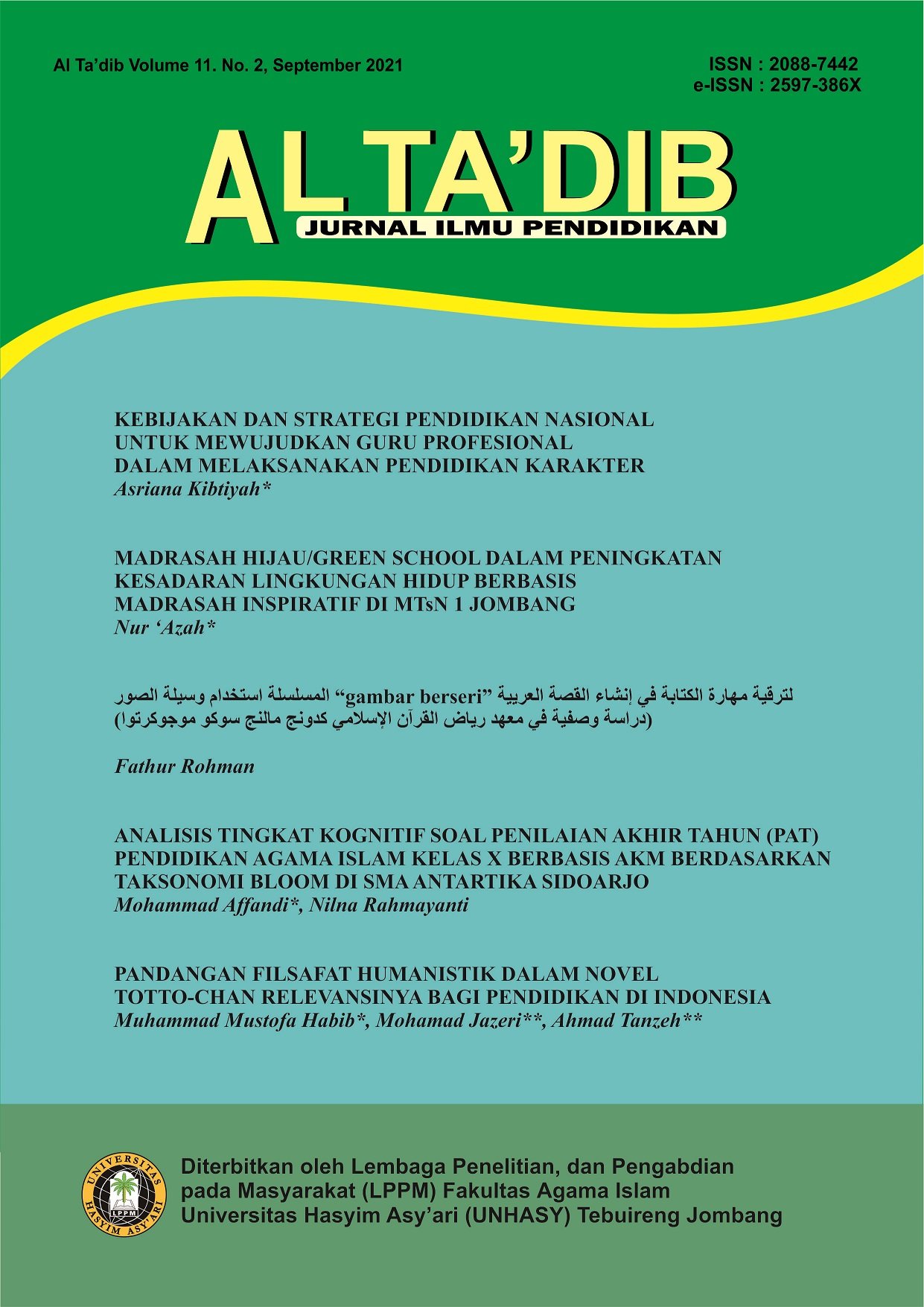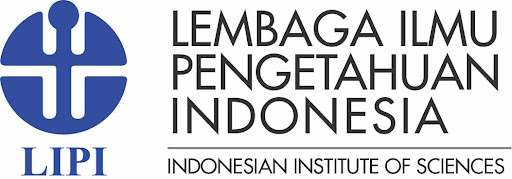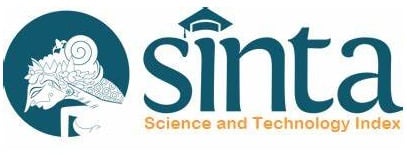ANALISIS TINGKAT KOGNITIF SOAL PENILAIAN AKHIR TAHUN (PAT) PENDIDIKAN AGAMA ISLAM KELAS X BERBASIS AKM BERDASARKAN TAKSONOMI BLOOM DI SMA ANTARTIKA SIDOARJO
DOI:
https://doi.org/10.33752/altadib.v11i2.1930Keywords:
Cognitive Level Questions, Islamic Religious Education, Bloom's TaxonomyAbstract
This research article aims to describe the year-end assessment (PAT) of Islamic Religious Education based on AKM for the 2020-2021 academic year based on the revised edition of Bloom's taxonomy. Problems 1) the number of students who have not been able to develop their abilities, think critically, solve problems, and work well together as a form of assessment / evaluation results based on LOTS level items and 2) AKM requires students to master content, context, and competencies in various cognitive domains to solve or complete existing ones and develop self-potential. This type of research is a qualitative descriptive study that aims to explain the cognitive level of the year-end assessment items (PAT) of Islamic Religious Education class X for the 2020-2021 academic year based on the AKM based on the cognitive domain of Revised Bloom's taxonomy. The variable in this study is the cognitive level of the items in the year-end assessment (PAT) of Islamic Religious Education class X for the 2020-2021 academic year based on the AKM. The findings of the year-end assessment questions (PAT) for Islamic Religious Education class X for the academic year 2020-2021 based on AKM with 5 learning chapters, are in the cognitive domain of levels C1 to C4. Where the question of cognitive level C1 dominates more than 25 items with a percentage of 44%. While the cognitive level of C2 and C3 is only 12%, and C4 is 32%. Then for levels C5 and C6 are not found in the problem.
Downloads
References
BSNP. 2014. Instrumen PenilaianBuku Teks Pelajaran. Jakarta:Badan Standar Nasional Pendidikan.
D, Rahmawati, dkk. 2018. “Analisis Aspek Kemampuan Berfikir Tingkat Tinggi Pada Instrumen Penilaian Materi Prostista untuk Peserta Didik SMA/MA Kelas Xâ€. Jurnal Biodik. Vol 4. No. 1.
Fatonah, S. 2005. Aplikasi Aspek Kognitif (teori Bloom) dalamPembuatan Soal Kimia. Jurnal Kauni, Vol.1, II.
Kemendikbud. 2018. Buku Pegangan Pembelajaran Berorientasi Pada Keterampilan Berpikir Tingkat Tinggi. Direktorat Jenderal Guru dan Tenaga Kependidikan.
Kemendikbud. AKM dan Implikasinya pada Pembelajaran. (Jakarta: Pusat Asesmen dan Pembelajaran, 2020)
Kemendiknas. PeraturanMenteri Pendidikan Nasiona lNo. 22 Tahun 2006 tentang Standar Isi. (Jakarta: Kementerian Pendidikan Nasional, 2006)
Marzano, R. Desain Proye kEfektif: Kerangka KerjaKecakapan BerpikirTaksonomi Baru Marzano, (United States: Intel Teach Program and Assessing Project. 2000)
Nurjannah, Siti. 2019. Analisis Kualitas SoalPenilaian Akhir Semester Mata Pelajaran PAI danBudi Pekerti SMP Kabupaten Purbalingga Tahun Pelajaran 2018/2019 Persfektif HOTS. Skripsi S1 FakultasTarbiyah Dan IlmuKeguruan. IAIN Purwokerto
Purwanto, M. N. Prinsip-prinsip dan Teknik EvaluasibPengajaran. (Jakarta:Rosdakarya. 2012)
Sudjana, N. Penilaian Hasil Proses BelajarMengajar. (Jakarta: Rosdakarya. 2016)
Widodo, Tri. Kardawati, Sri. 2013. Higher Order Thinking Berbasis Pemecahan Masalah untuk Meningkatkan Hasil Belajar Berorientasi Pembentukan Karakter Siswa. Jurnal Cakrawala Pendidikan,Th. XXXI, No 1, hlm. 162.
Downloads
Published
How to Cite
Issue
Section
License
Copyright (c) 2021 Mohammad Affandi, Nilna Rahmawati

This work is licensed under a Creative Commons Attribution-NonCommercial-ShareAlike 4.0 International License.












